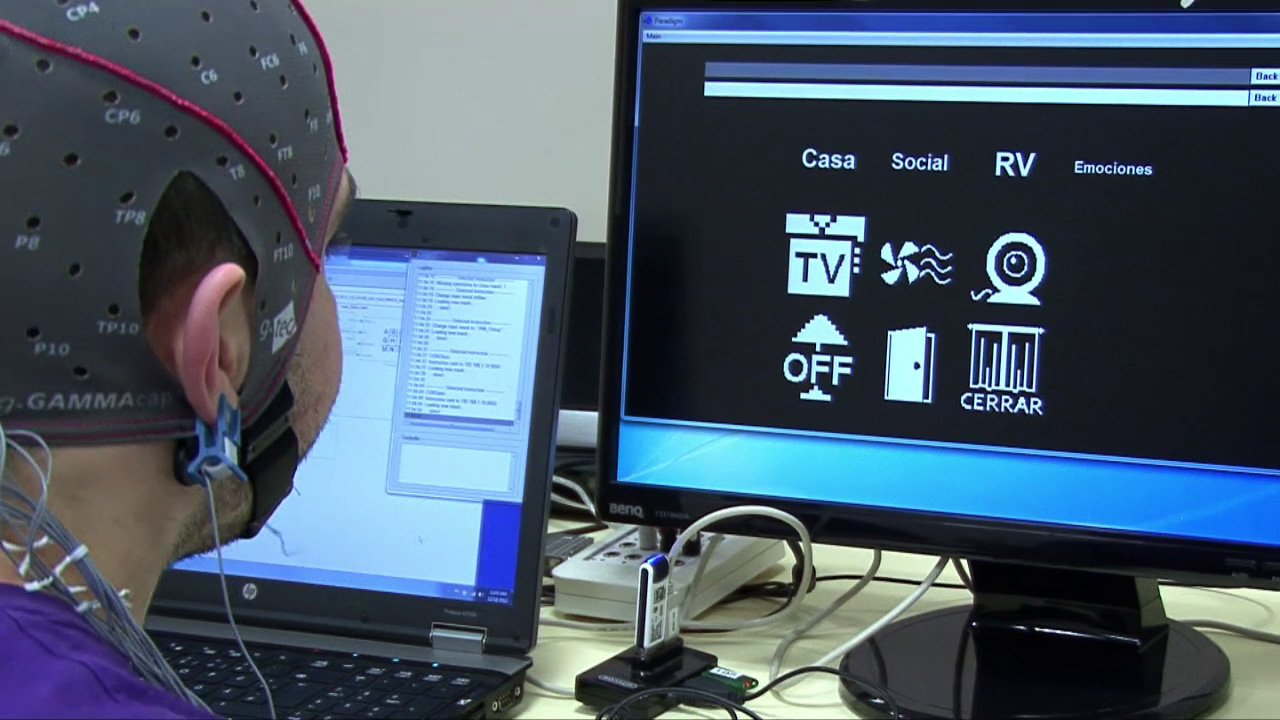Brain-Computer Interfaces (BCIS).
This is the example and possibility article which BCIS will create the impact in below sectors.
1. Seamless Integration with AI:
Humans are connecting their minds to artificial general intelligences through advanced brain-computer interfaces. These interfaces enable real-time communication between the human brain and AI, granting access to vast amounts of information, problem-solving capabilities, and creative resources. This integration is revolutionizing fields like scientific research, software development, entrepreneurship, and art. Enhanced individuals can achieve perfect scores on IQ tests, viewing the world mathematically, deriving measurements, creating new datasets, and utilizing probability distributions to predict events.
2. Enhanced Access to Information:
Brain-computer interfaces provide constant access to petabytes of information, increasing memory exponentially. Users can summarize data from thousands of sources instantaneously and perceive concepts from multiple perspectives simultaneously. Augmented reality lenses integrated with these interfaces enable real-time visualization of streamed content, metrics, and data from various sources, transforming industries like finance, software development, and entertainment.
3. Creation and Production Abilities:
Users can generate movements, shows, and 3D assets with their minds, revolutionizing filmmaking, video game development, and content creation. Blockbuster movies and massive open-world video games are produced at unprecedented speeds and lower costs. Fully immersive VR experiences allow users to engage in lifelike scenarios, while a new skill development industry emerges, teaching complex tasks through AI-controlled simulations.
4. Telepathic Communication and Control:
Basic telephony enables users to transmit thoughts, emotions, and ideas directly to others' minds, both in virtual environments and in the real world. Telepathic communication with household robots and AI is possible, with ongoing advancements promising broader applications, potentially revolutionizing industries like entertainment and communication.
5. Mind-Controlled Gaming:
Users can control objects, characters, weather, and time in video games using their minds, enhancing gameplay experiences and creativity. Games leverage this capability for immersive experiences, such as simulating Jedi force powers in Star Wars games or casting magic spells in fantasy genres.
6. Mind Reading and Dream Manipulation:
Brain-computer interfaces allow for reading complete sentences and paragraphs of thoughts, potentially useful for lie detection and psychological analysis. Additionally, these interfaces enable the viewing of dreams in real-time, aiding in therapy and potentially sparking creativity. However, concerns arise regarding the potential manipulation of dreams for control purposes.
7. Disability Assistance and Brain Apps:
Brain-computer
interfaces are used to bypass damaged areas of the brain and nervous system,
aiding individuals with disabilities such as paralysis, amputations, sensory
impairments, and speech disorders. Brain apps offer functionalities ranging
from real-time language translation to mood manipulation, with the potential to
impact society significantly in the future.







